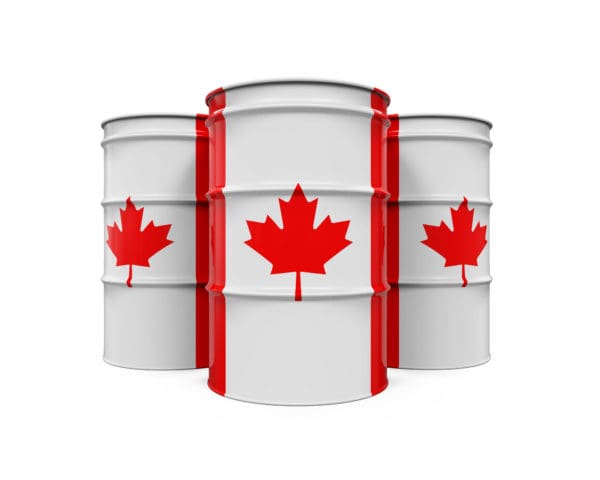The Backstory
 Canada has been restricting the manufacture and import of toxic substances under its Prohibition of Certain Toxic Substances Regulations for years, including various flame retardant and perfluorinated compounds thought to cause hormone disruption or cancer.
Canada has been restricting the manufacture and import of toxic substances under its Prohibition of Certain Toxic Substances Regulations for years, including various flame retardant and perfluorinated compounds thought to cause hormone disruption or cancer.
What’s Changing
Flame retardants and perfluorinated compounds currently prohibited from manufacture/import under the current regulation from 2012, often have several exempted uses. For example, although otherwise restricted, Canada allows you to manufacture or import perfluoro octane sulfonate (PFOS) for use in photoresists, or as anti-reflective coatings in photolithography. Under the proposed amendments, these and other current exemptions would be removed, in order to better achieve the environmental objective.
Implications
So how does this affect your Safety Data Sheets (SDS)? Well, there are several direct and indirect effects. One of the direct effects is that, if you currently list the inventory status (either Domestic Substances List or Non-Domestic Substances List) of one of these affected flame retardants or perfluorinated compounds on your SDS, indicating that the substance is free-for-sale in Canada, this may need to be revised, considering that the substance would no longer be free-for-sale in the Canadian market, despite its presence on the DSL or NDSL. Indirect effects include the fact that, products or mixtures currently containing one of these prohibited substances will either require removal from the market, or reformulation, which affects information throughout the SDS.
Whether you need help with software driven SDS authoring solutions or complying with ever-changing hazard communication and global chemical legislation requirements, Global Safety Management and its team of experts is here to help. Questions? Contact us today!


